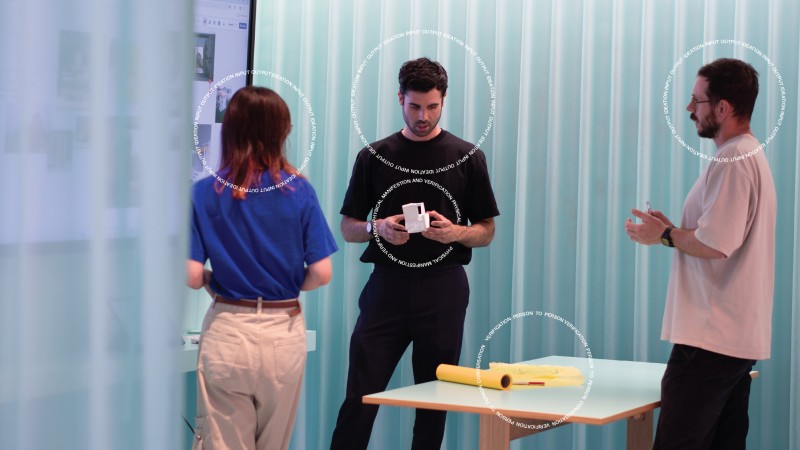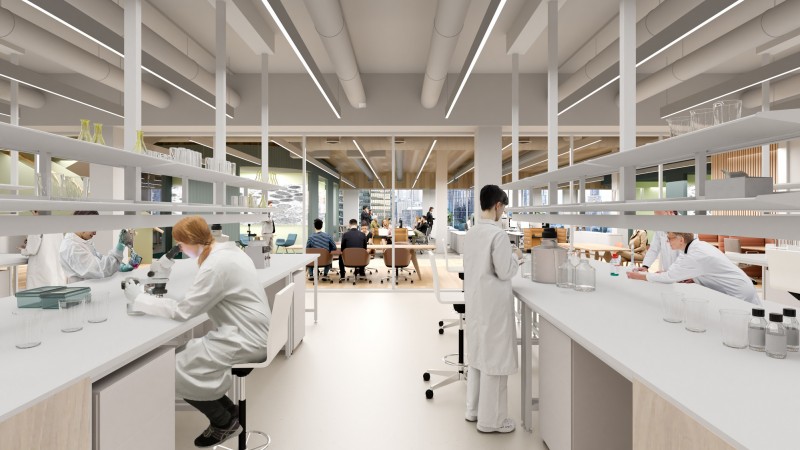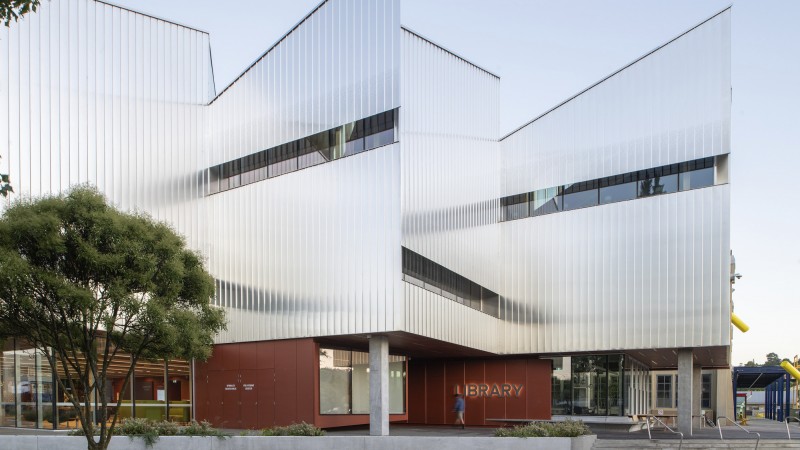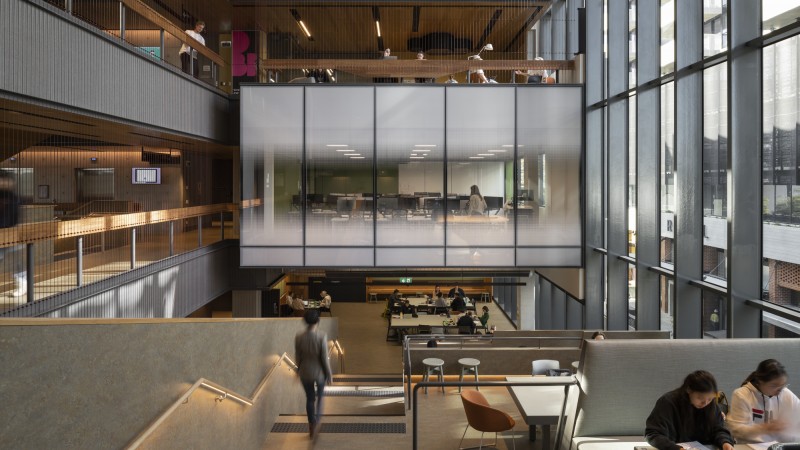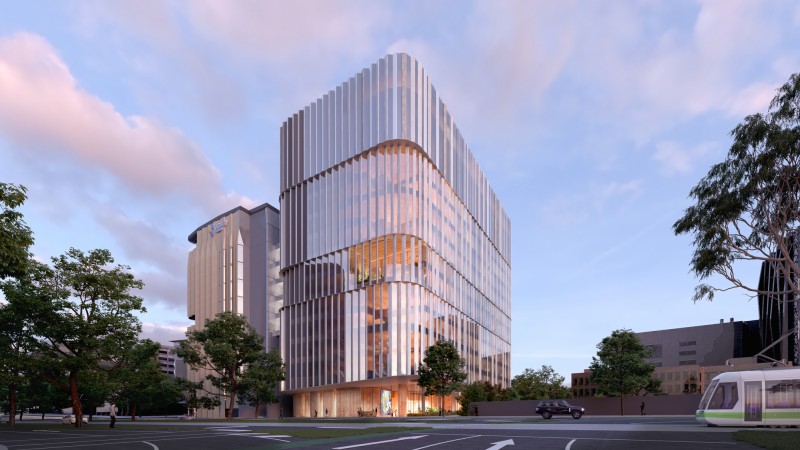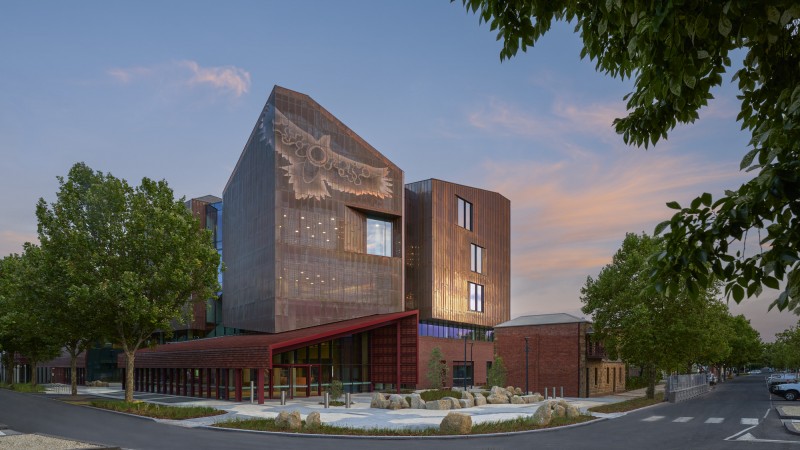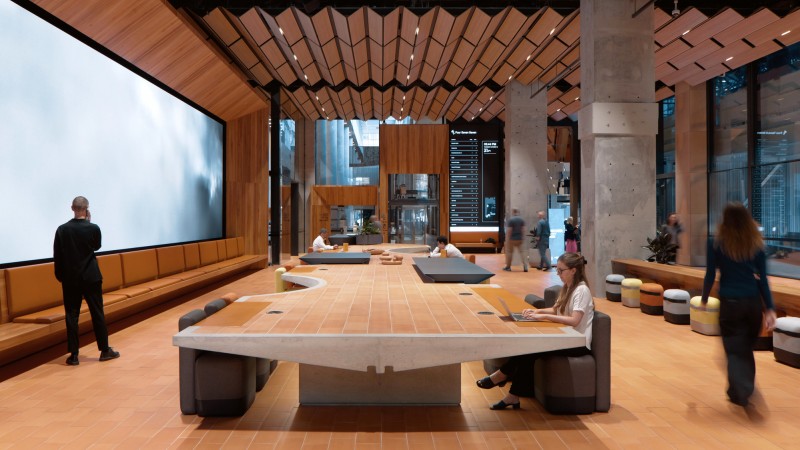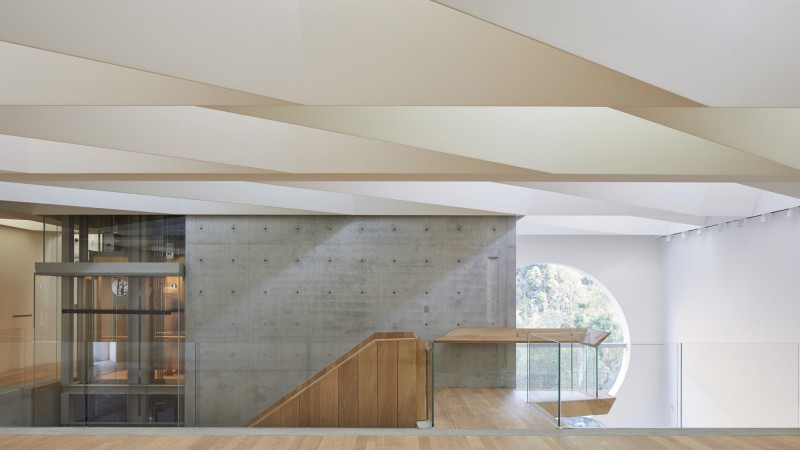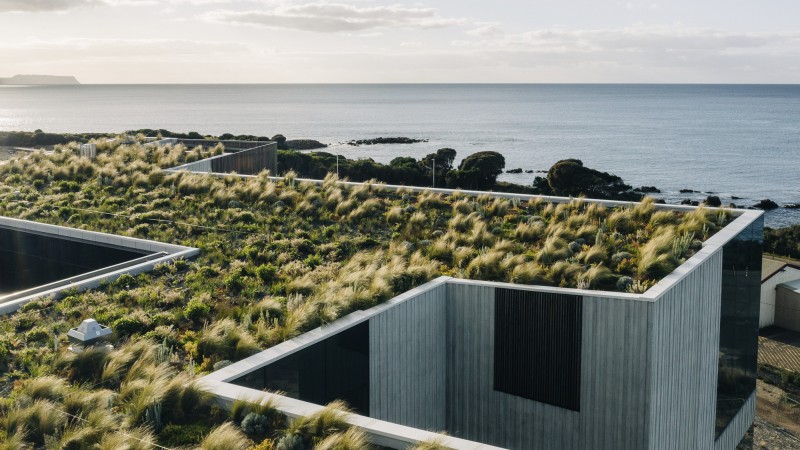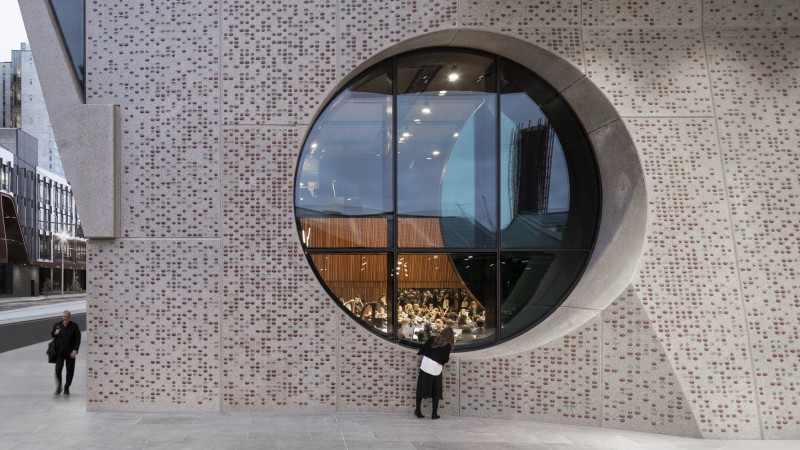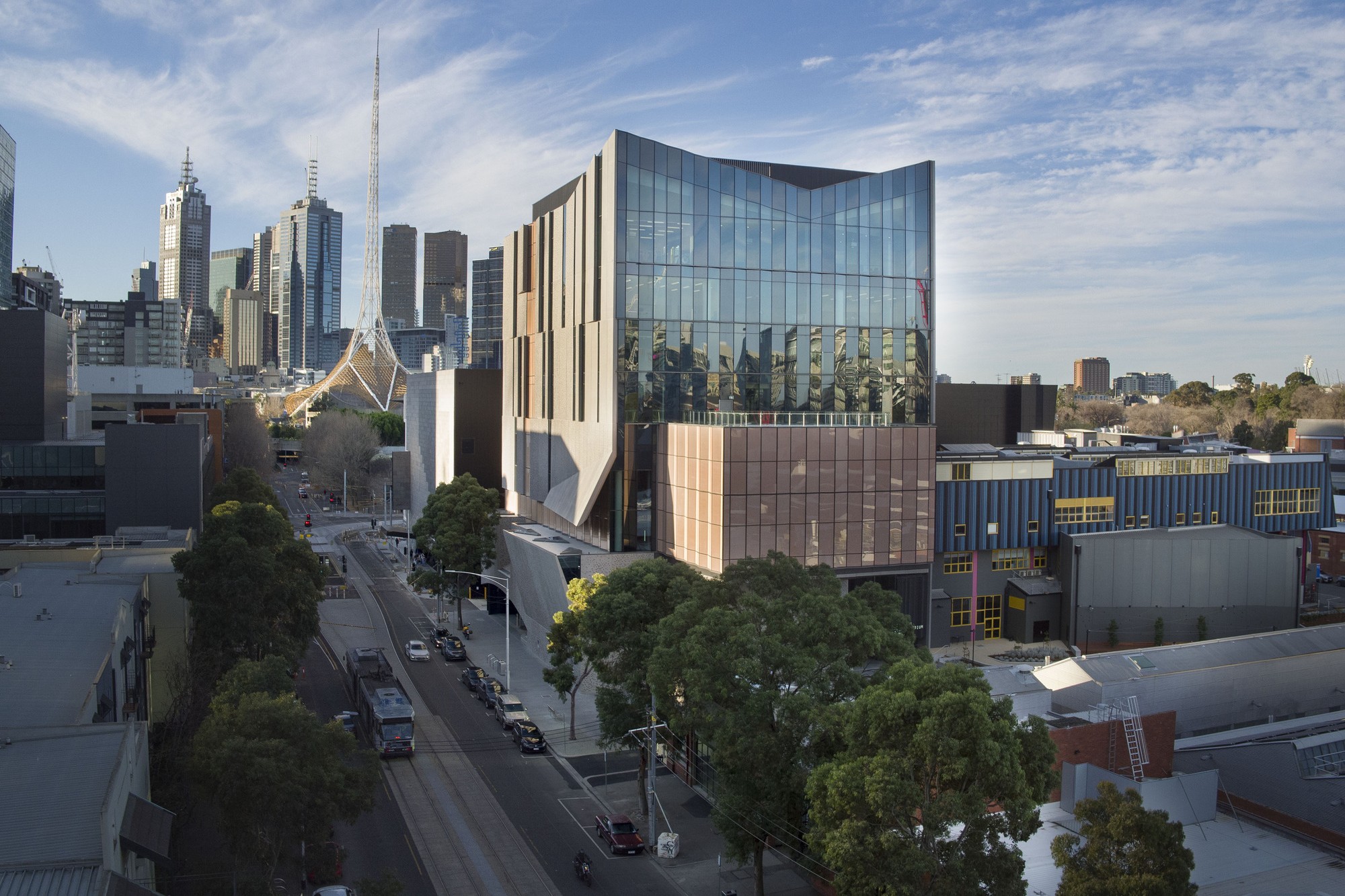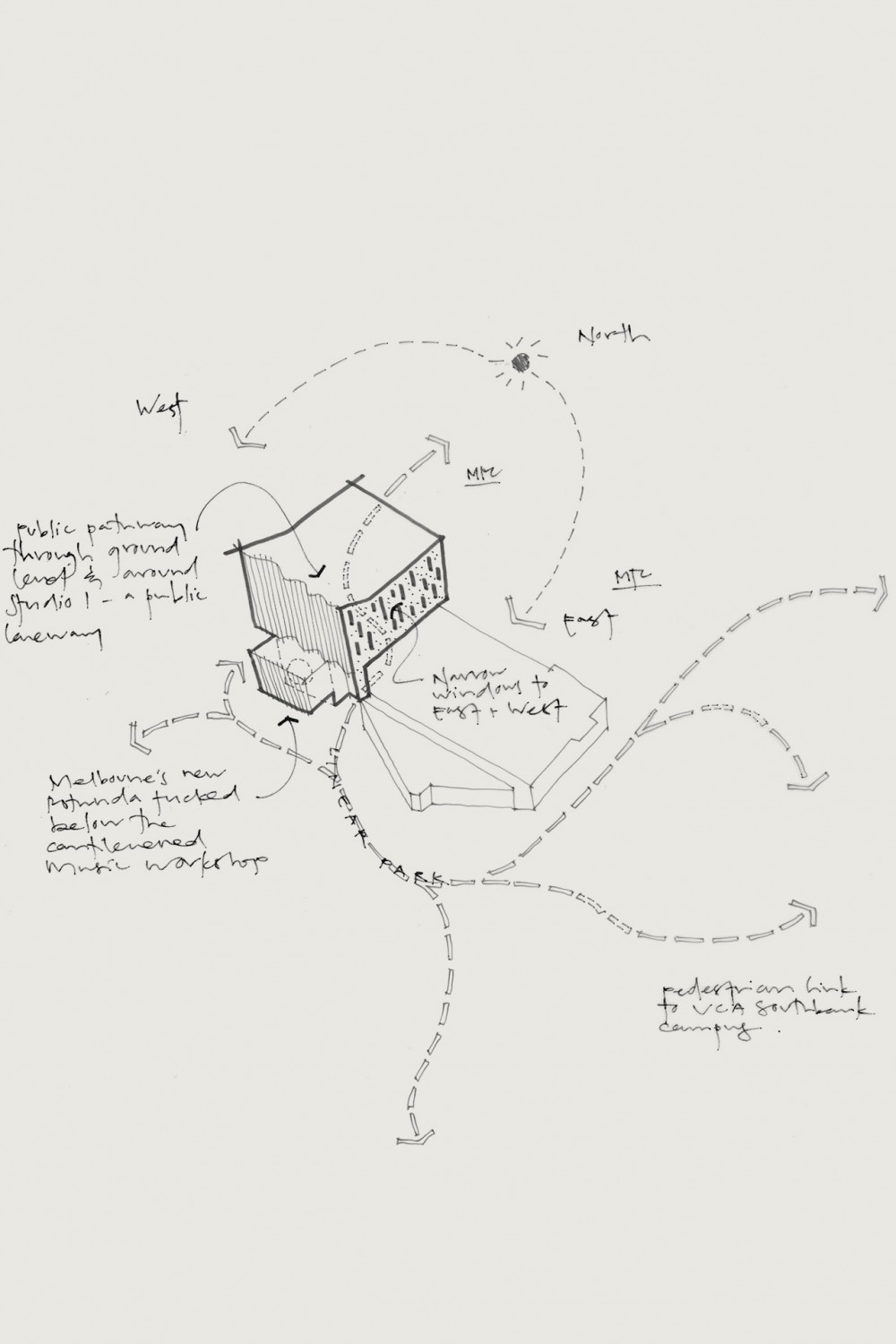As an end to the COVID-19 lockdown beckons, leading design thinkers have started asking questions about what our homes, offices, cities and universities might look like in the post-COVID-19 world.
While we currently have more questions than answers, thinking strategically about how we design the spaces we work, live and gather in has never been so critical. What kinds of exploratory thinking will shape exemplary design outcomes?
What is certain is that COVID-19 will impact the way we think about cities and towns. Will we continue to work from home? Will virtual platforms remain the preferred option for meetings and consultations? We know parents are counting the days until schools reopen. How will these profound changes impact how buildings are designed?
We will need to think strategically (and collectively) to find intelligent responses to these new circumstances. How will we distil the needs of users to develop robust briefs and make spaces for healthy and happy lives? These will form critical steps. Exemplary outcomes will depend increasingly on deep conversations and collaboration in the earliest stages of the design process.
